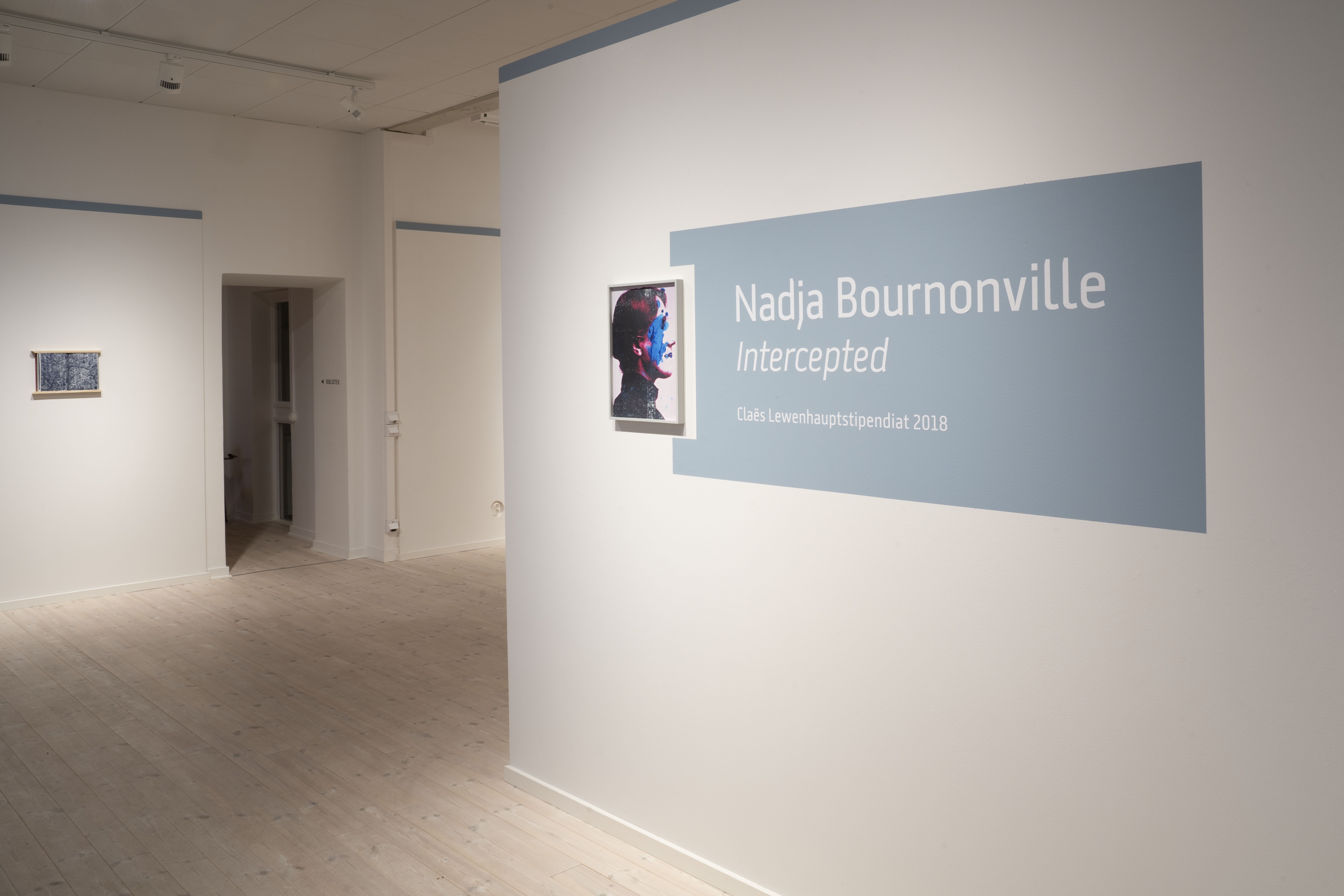VIEW IRELAND
June 30 - Sep 25, 2016 | LANDSKRONA MUSEUM
Beyond Picturesque Views of The Irish Landscape and The Representation of The Troubles
In this exhibition of photographic history we relate to the visual cliché of Ireland. The image that has stuck on picturesque postcards and in newspaper features, and probably also in many people’s minds.
How have Irish photographers actually viewed their homeland through history, and how do they view their own country today? Which photographers have related to The Image of Ireland?
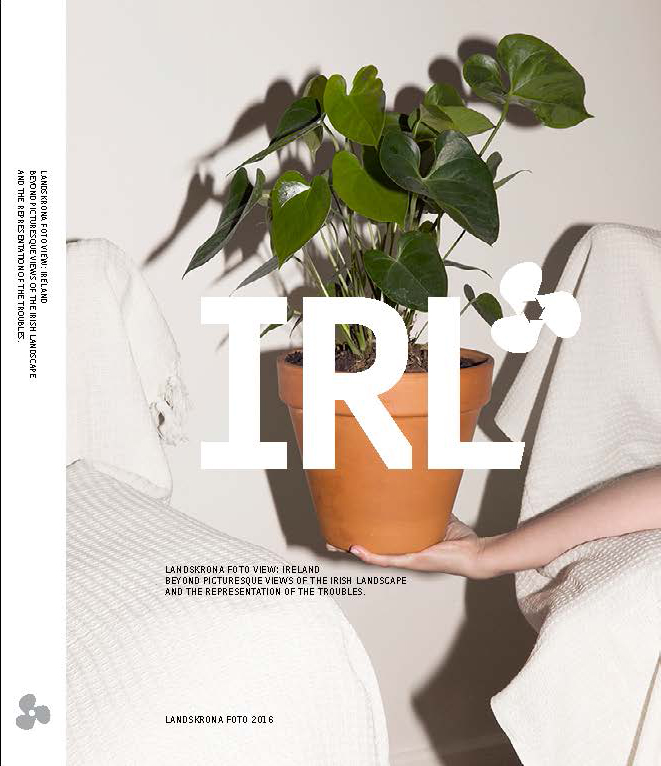
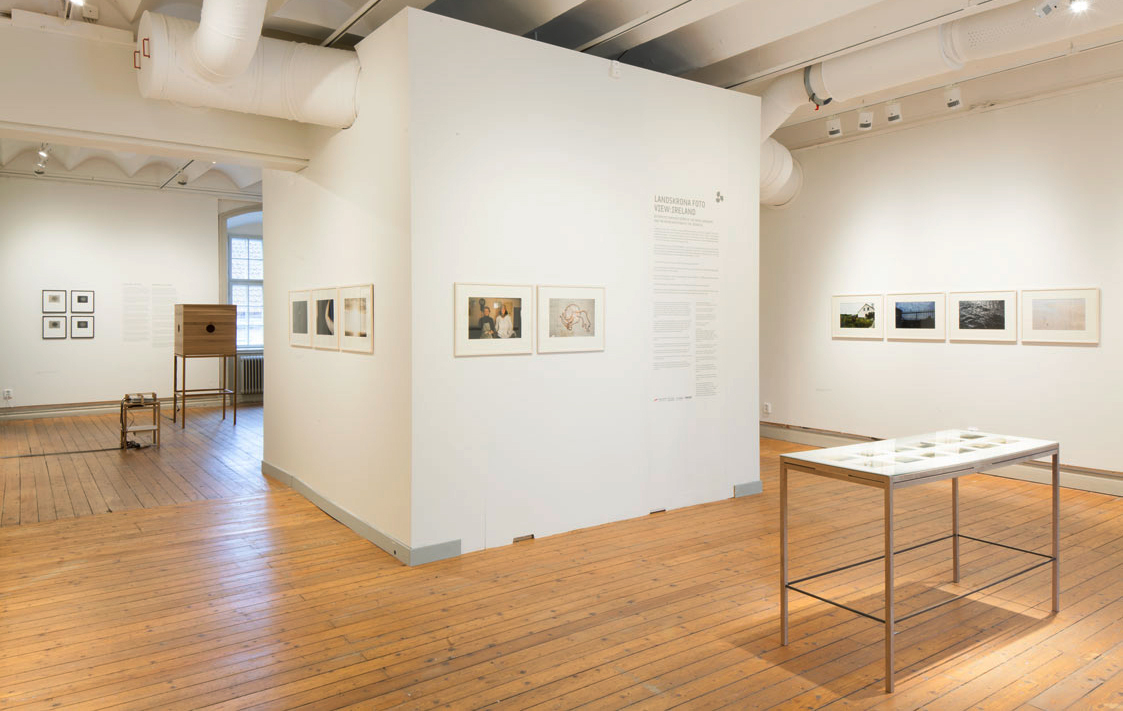


UNDER (DE)CONSTRUCTION
Sep 4 - 20, 2020 Landskrona Foto Festival
Just as the prefix de- denotes removal or reversal, the artists in this exhibition investigate the nature of the photographic medium by taking it apart. Ultimately it is existence itself that is analysed and transformed into new structures, shapes and ideas.
Sep 4 - 20, 2020 Landskrona Foto Festival
Just as the prefix de- denotes removal or reversal, the artists in this exhibition investigate the nature of the photographic medium by taking it apart. Ultimately it is existence itself that is analysed and transformed into new structures, shapes and ideas.
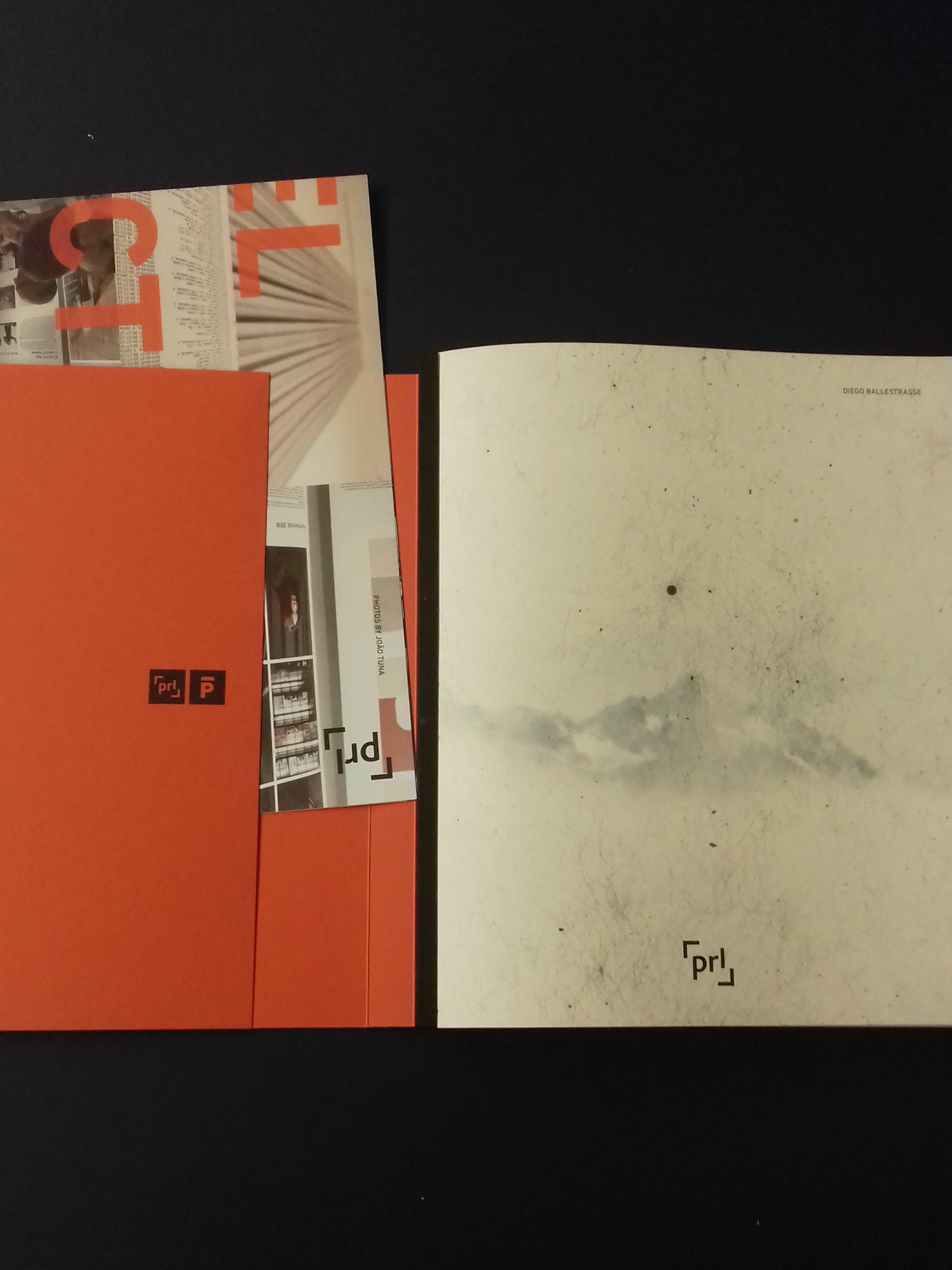
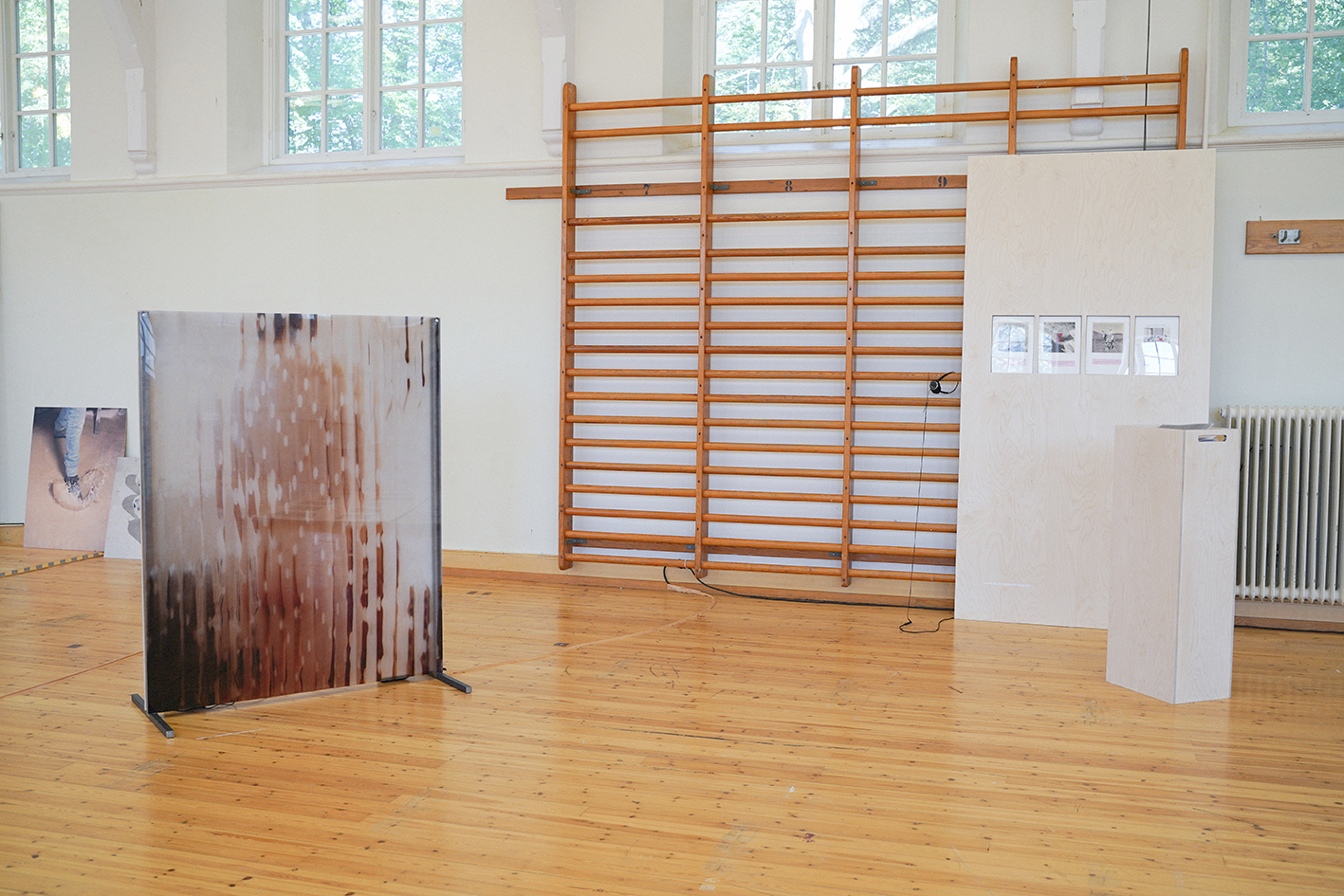



JEAN HERMANSON OCH DUBLINS BARN - DET FÖRSTA OCH SISTA ARBETET
14.10.2016–26.02.2017 | LANDSKRONA MUSEUM
I slutet av 60-talet reser fotografen Jean Hermanson (1938 – 2012) till Dublin. Hans plan är att med kameran som redskap följa i James Joyces fotspår. Men istället för att återskapa Leopold Blooms dygnsvandring väljer han att rikta kameran åt barnens håll. Barnen blir Hermansons ledsagare in i gatans värld av både mörker och lek, och hans dokumentation av deras liv formar sig till ett omfattande och rikt arbete med en stark känsla för deras upplevelser.
Fotografierna från Dublin var Hermansons första stora fotografiska arbete. Men det skulle dröja nästan femtio år innan han mot slutet att sitt liv började sortera i det innehållsrika materialet. I utställningen på Landskrona Museum visas även denna kreativa process; kontaktkartorna presenteras jämsides med Jean Hermansons bilder av den irländska huvudstaden.

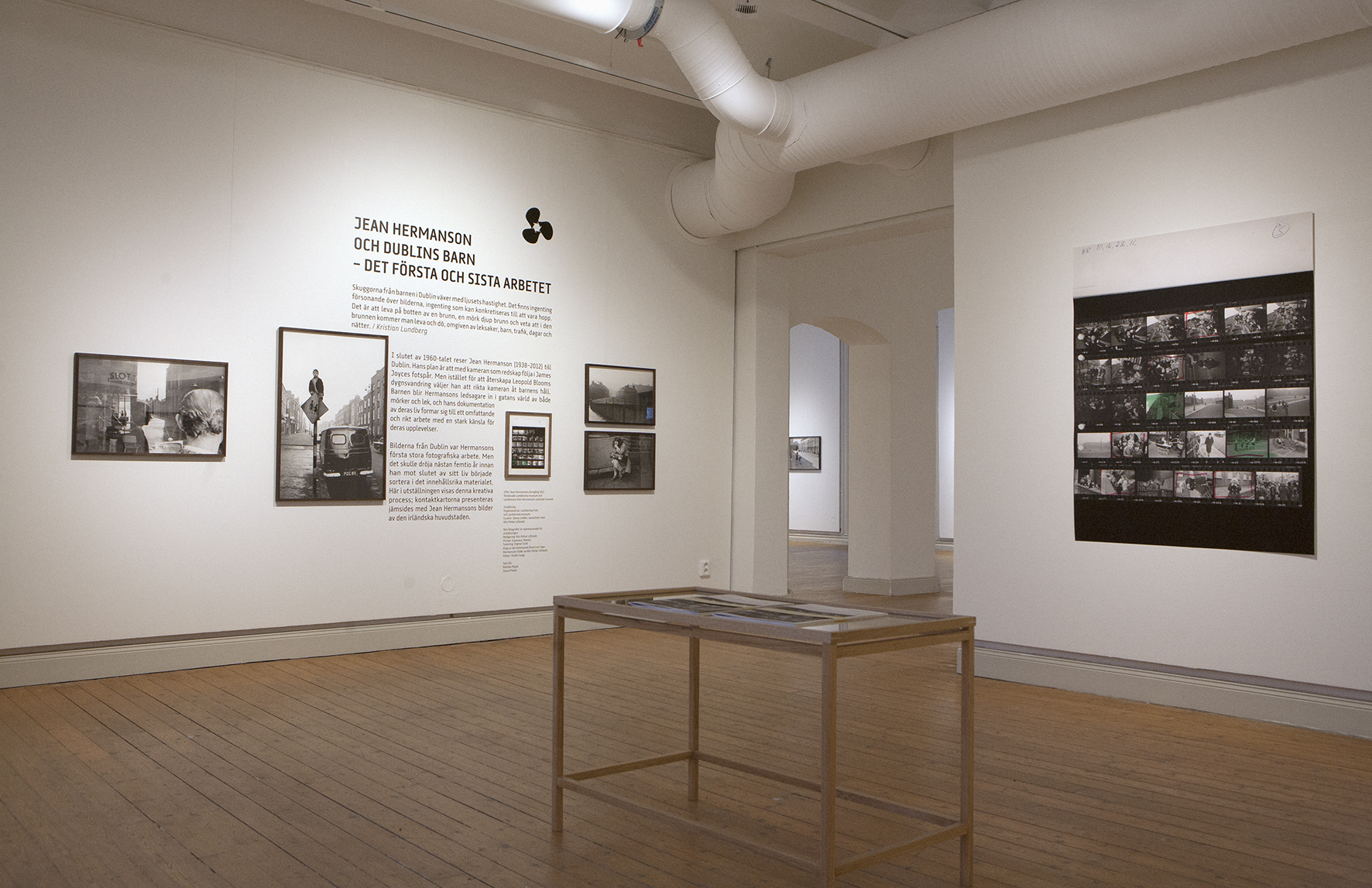

NADJA BOURNONVILLE -
INTERCEPTED
7.12 2019 – 1.2 2020 | LANDSKRONA FOTO
The first world war came to an end in 1918, it was a war in which the aunt of Bournonville’s grandmother played a very small part as one of the most useless spies recuted by the Germans. Eva de Bournonville, a Swedish lady descending from a well known and respected Danish family of ballet choreographers and singers found herself in serious economic trouble at the outbreak of the war.
When she was contacted by a Mr. Smith and offered a simple way, without too much effort involved, as he claimed, to get out of debt and earn a lot of money by working for the German Secret Service in
London, she accepted.
A photographer is also a witness, a spy and a creator of alternative realities. The camera, digital or analog has it’s limits in telling a ”true” story but photography has the ability to step in, take the place of memories, overwrite and reshape a series of events.
Through photography some things become visible, others disappear. A bit like the secret ink commonly used by spies during the early days of the
first world war, treated in the right way it develops completely but looked at with the wrong methods it becomes unreadable and confusing.
Through photography some things become visible, others disappear. A bit like the secret ink commonly used by spies during the early days of the
first world war, treated in the right way it develops completely but looked at with the wrong methods it becomes unreadable and confusing.
In the autumn of 2016 Nadja Bournonville spent ten days in
London, searching through the files regarding Eva de Bournonville at the National Archives in Kew.
Everything from letters to trial protocols are kept there, although all the facts seemingly lie in those 100 year old files, the true reason for Eva’s crimes still remain blurry. The story of this fortunately misfortunate female spy was the starting point for the intricate web spun by the images in the series
”Intercepted”.
-------------------------------------------------------------------------
- Nadja Bournonville, born 1983 in Sweden, based in Berlin.
London, searching through the files regarding Eva de Bournonville at the National Archives in Kew.
Everything from letters to trial protocols are kept there, although all the facts seemingly lie in those 100 year old files, the true reason for Eva’s crimes still remain blurry. The story of this fortunately misfortunate female spy was the starting point for the intricate web spun by the images in the series
”Intercepted”.
-------------------------------------------------------------------------
- Nadja Bournonville, born 1983 in Sweden, based in Berlin.
